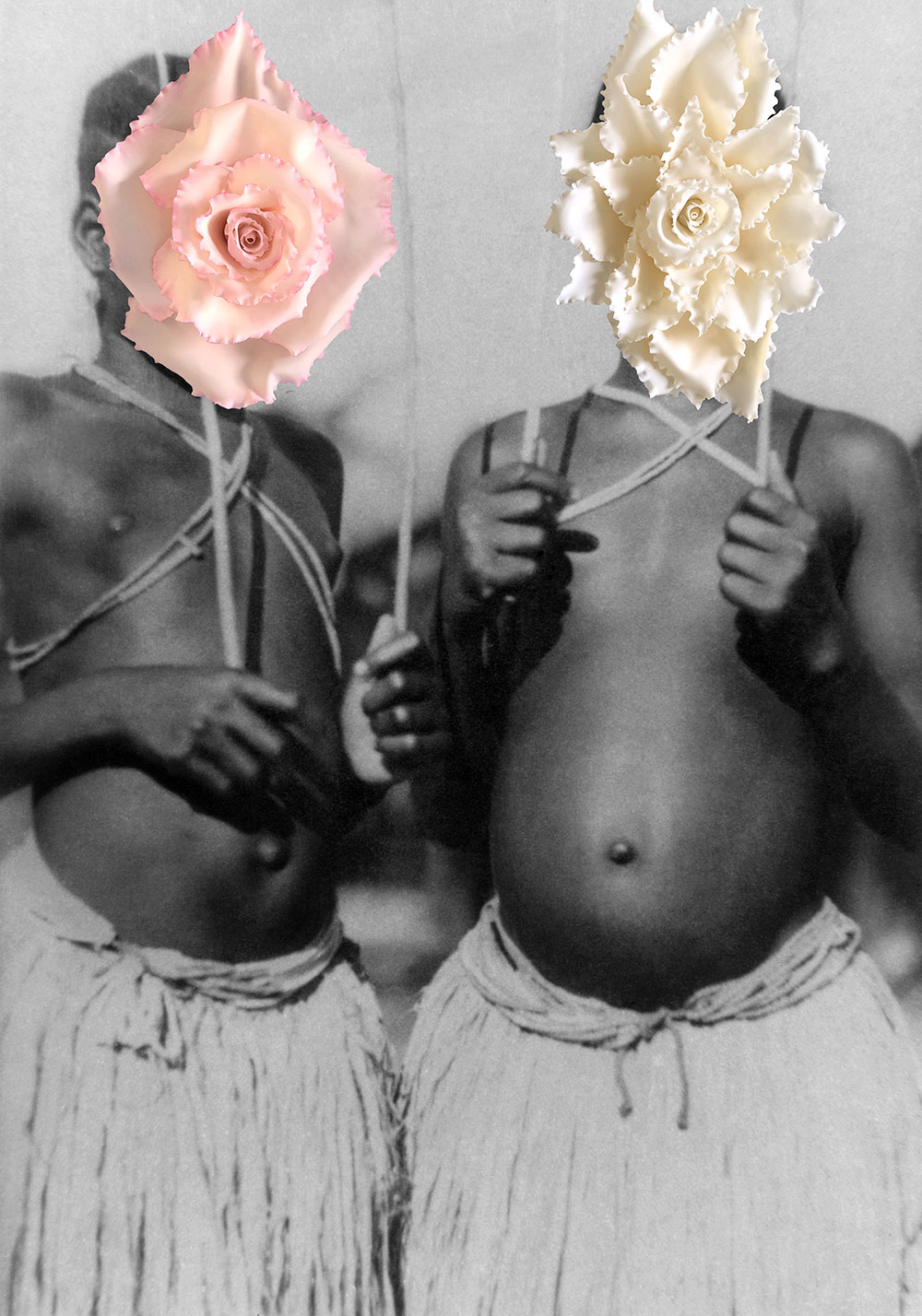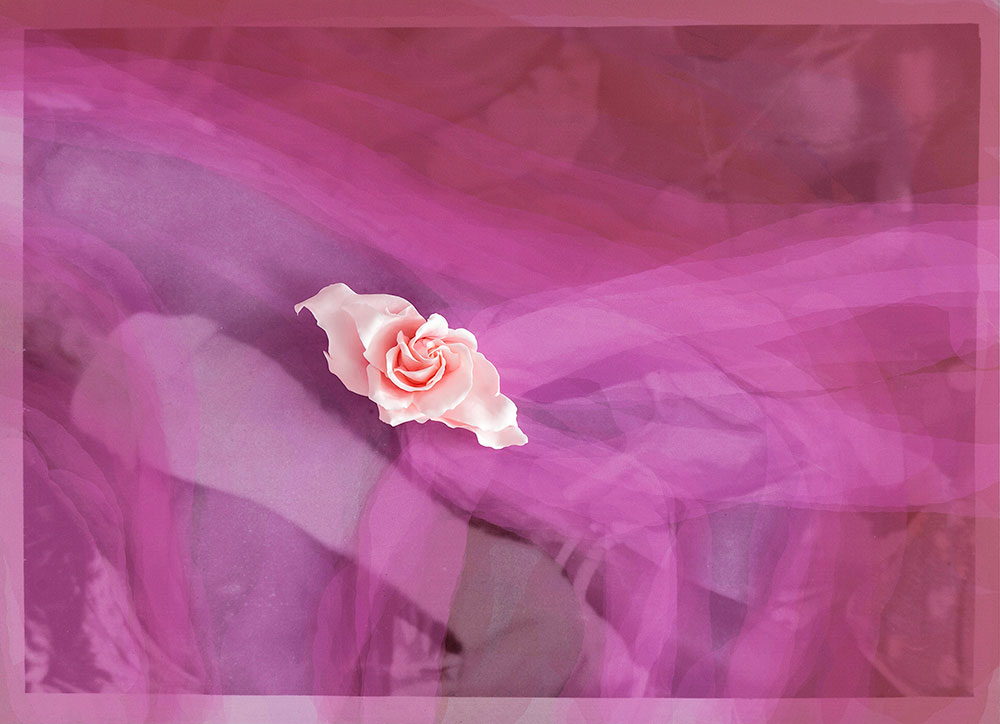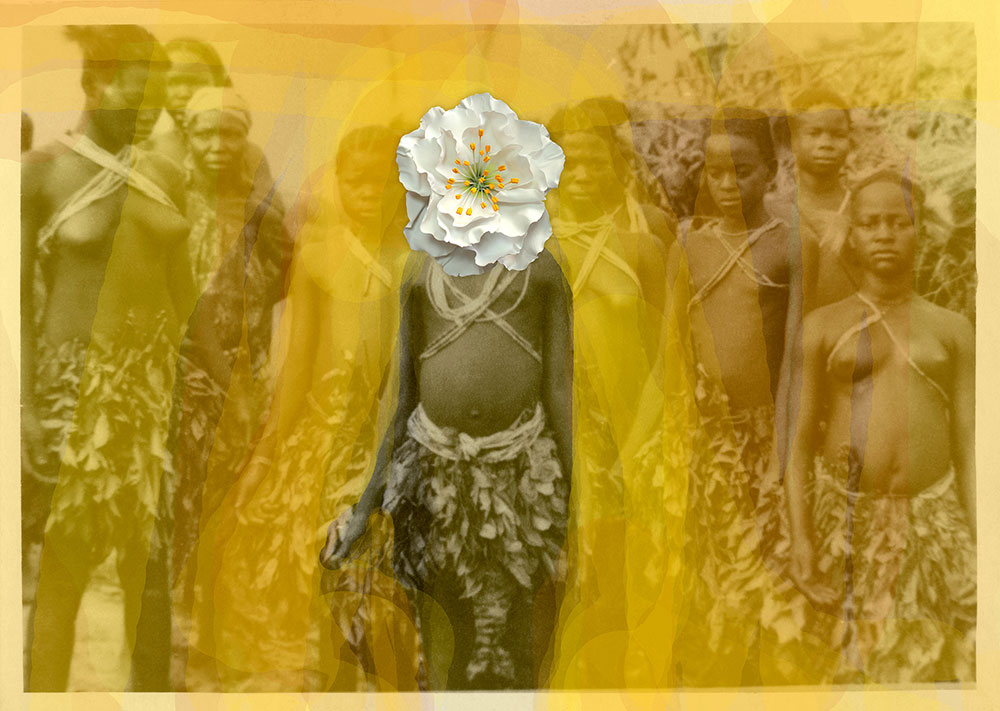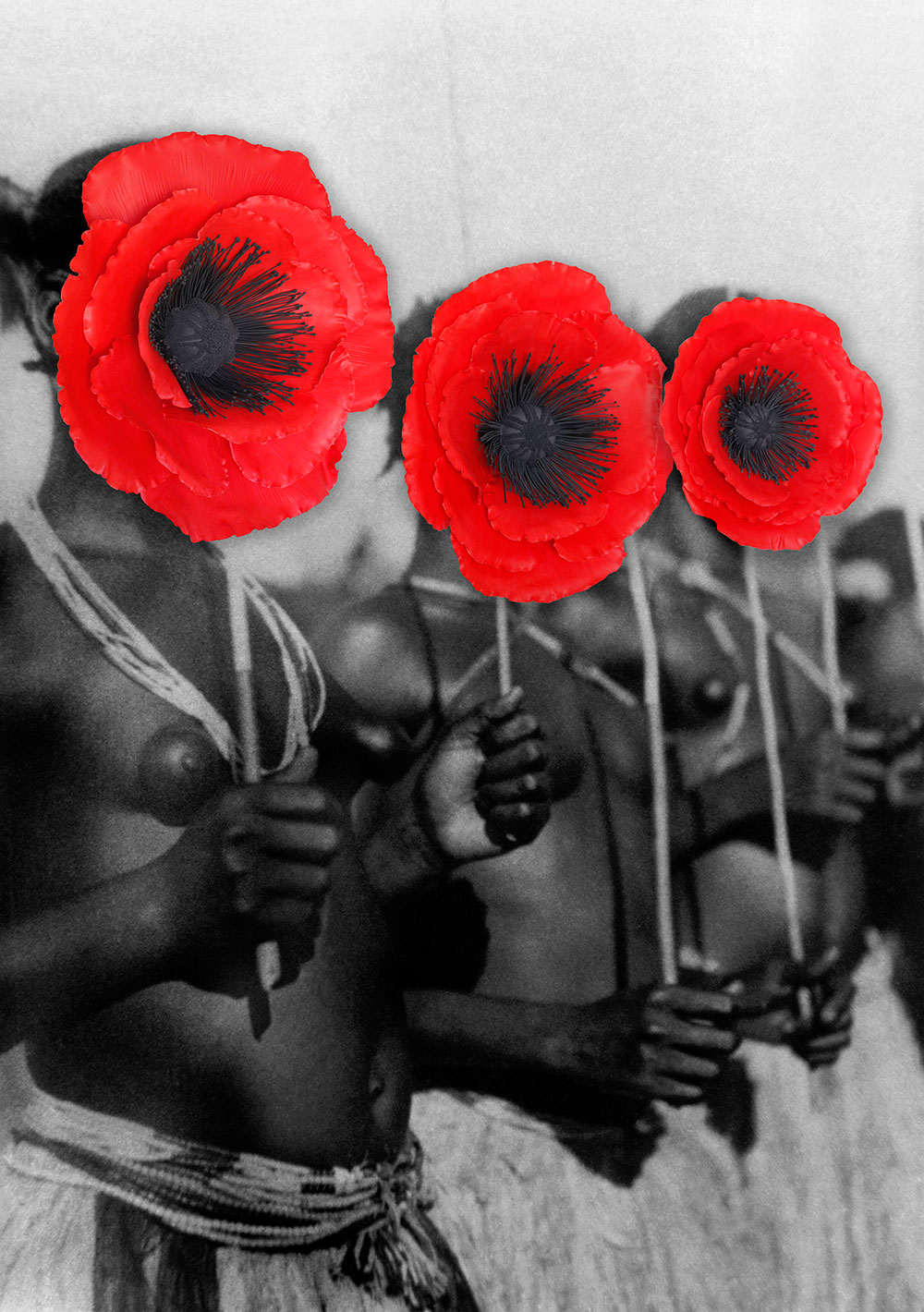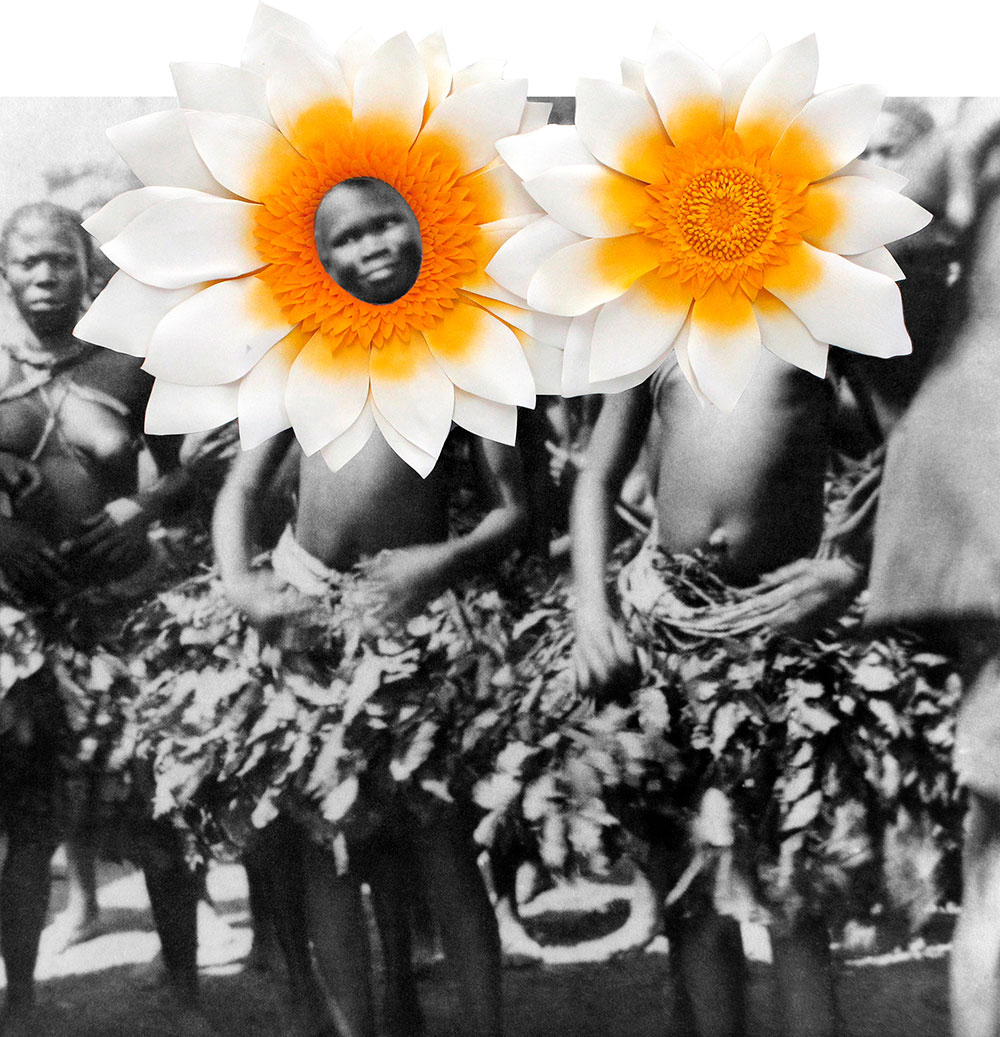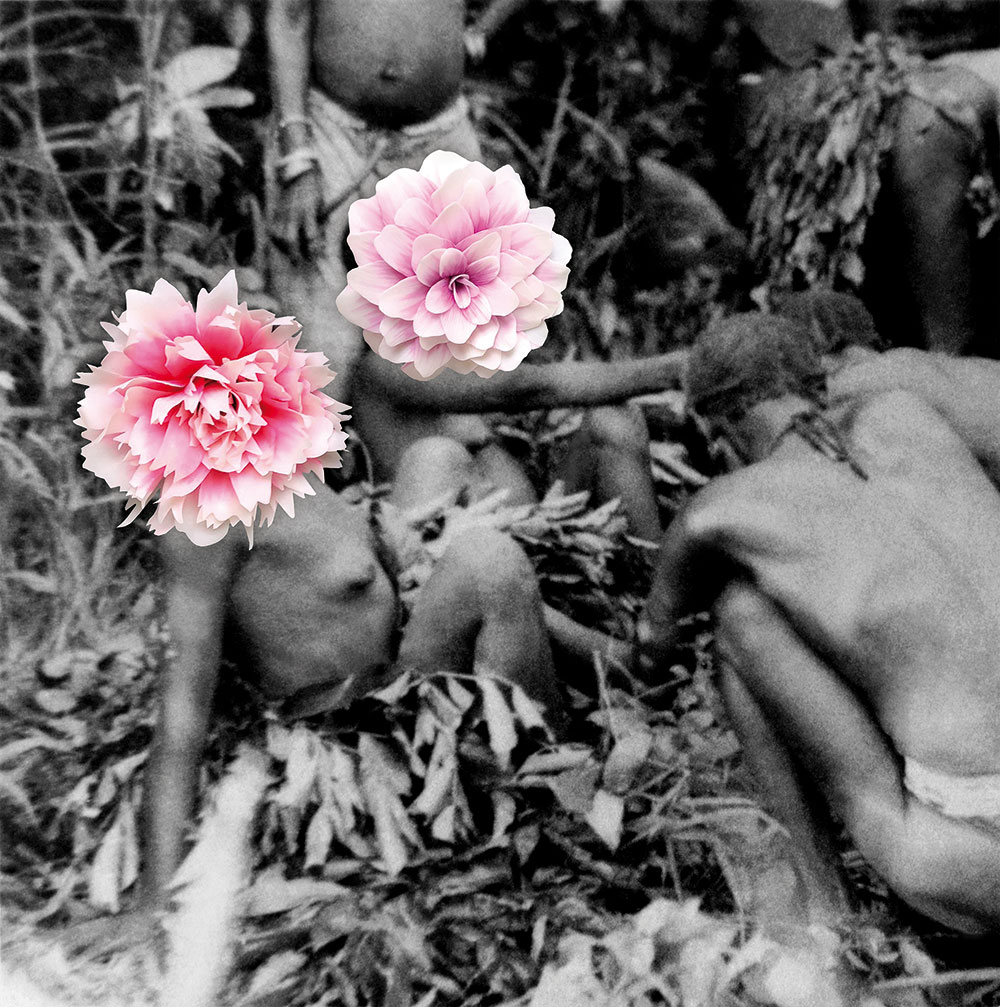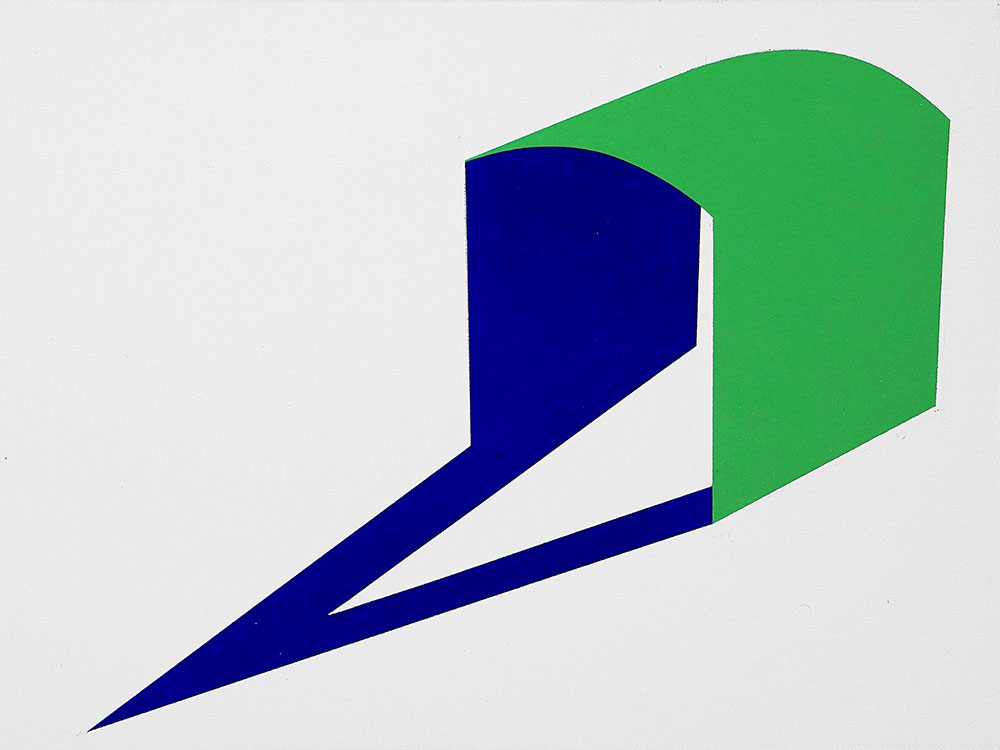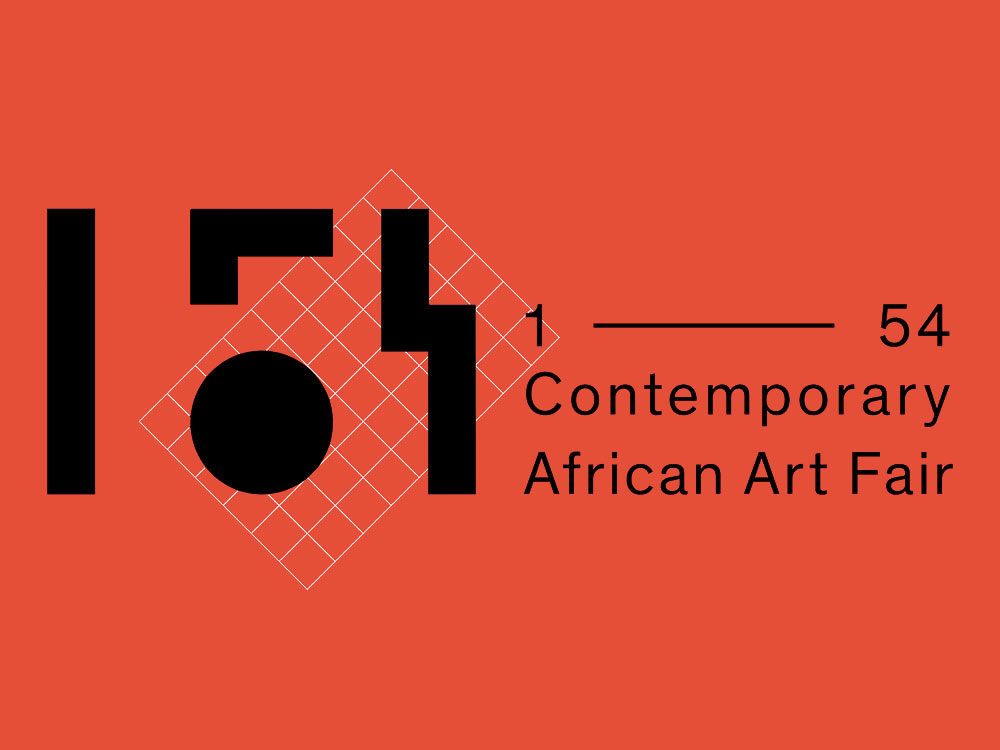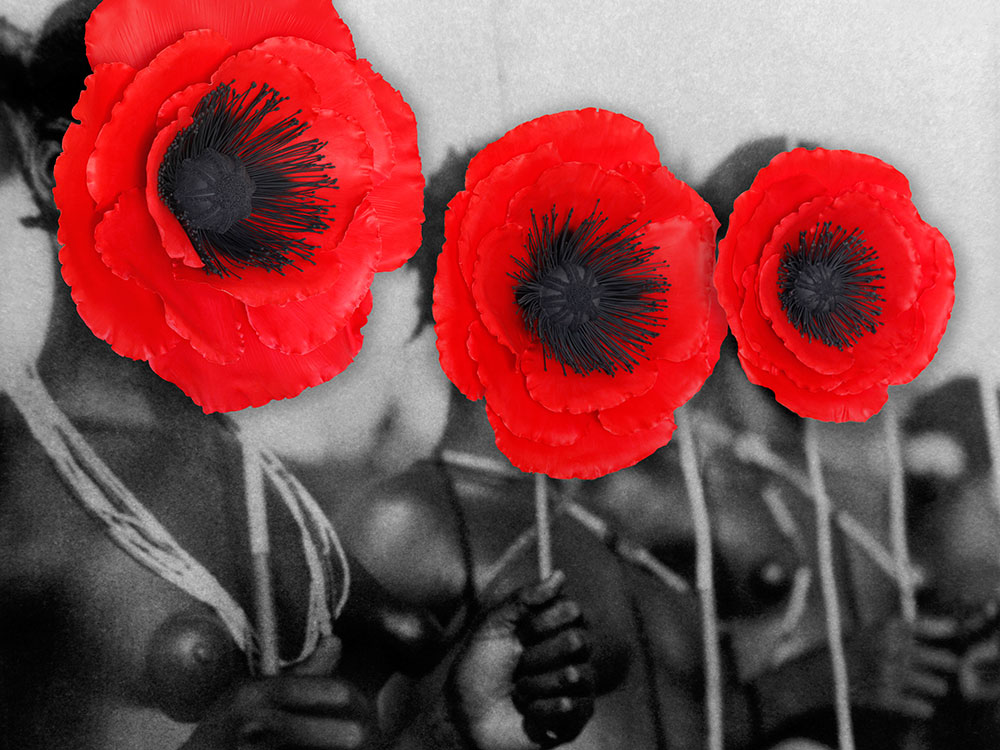Owanto is a multi-cultural Gabonese artist born in Paris, France. She was raised in Libreville, Gabon, and later moved to Europe to study Philosophy, Literature and Languages at the Institut Catholic de Paris in Madrid, Spain. Owanto's multidisciplinary practice emerges from a 30-year career where she explores a variety of media, including photography, sculpture, painting, video, sound, installation and performative works. A practice that enables her to engage with consciousness through the notion of memory, both personal and collective.
Owanto's interest in memory leads her to construct new utopian worlds while reflecting on the concepts of identity, transformation and evolution. As the daughter of a Gabonese mother and French father, influenced by Africa, Europe, colonialism and the earth, the artist explores cross-cultural and transhistorical dialogues. She seeks to interrogate the meaning of existence and of her personal and shared history.
Her current projects focus on the female condition, emancipation and the breaking of silence. The artist creates a listening platform for women within cultural institutions introducing a shift in narrative and hegemonic discourse. Her work on this matter reflects upon the psychological concept of resilience by exploring the notion of healing, repair and transformation. The viewer is thus confronted with a delicate and powerful protest as in Flowers Series where "the flowers mask the pain and symbolize a re-birth."
The feminine, as creative energy, is a constant in Owanto's narratives and is intimately linked to her childhood where women represent the pillars of the family. For Owanto, the family is a societal ideal in that it stands for social unity, the result of 'love thy neighbour.' Light, both as a concept and as a medium, is another key element in Owanto's work. Her neon and light paintings symbolize what guides us to a sanctuary place, where dark and silent spaces are illuminated. Owanto's creative force stems from her belief in the ability of art to transform consciousness. Her work sheds new light on difficult and relevant issues which prevent us from ignoring what takes place around us. Owanto's concern for social issues has compelled her to campaign for relevant but uncomfortable and often ignored topics.
Her work has been exhibited in numerous international museums and institutions. Some of the most important recent exhibitions are: "One Thousand Voices" (Zeitz MOCAA, South Africa), "Material Insanity" (MACAAL, Morocco), "One Thousand Voices" (MADRE, Italy), "Dance with Me" (AAF African Artist Foundation, LagosPhoto Festival), "Imago Mundi, MADE IN SPAIN" (CAC Málaga and Fondazione Giorgio Cini), "Urban Art Málaga MAUS SOHO" (CAC Má?laga), "Earth Matters: Land and Material in the Arts of Africa" (Smithsonian National Museum of African Art and Fowler Museum UCLA), "Fifty Years of African Independence" (Unesco House , Paris), "Gabon, my Land, my Future" (Gabon EXPO, Libreville, Gabon) and "World Academy" (EXPO Milano).
In 2009, Owanto represented the Republic of Gabon at the 53rd Venice Biennale with a solo show entitled "The Lighthouse of Memory - Go Nogé mènè", being the very first artist from Central Africa to exhibit solo in a National Pavilion. Through the use of archives and found documents her proposal traces the past to shape the future, honouring the title "Go Nogé mènè" which means "building the future" in her mother tongue. Central to her artistic proposal is the question "Où allons nous?" (Where Are We Going?). A poetic, omnipresent, important, fundamental and universal probe.
